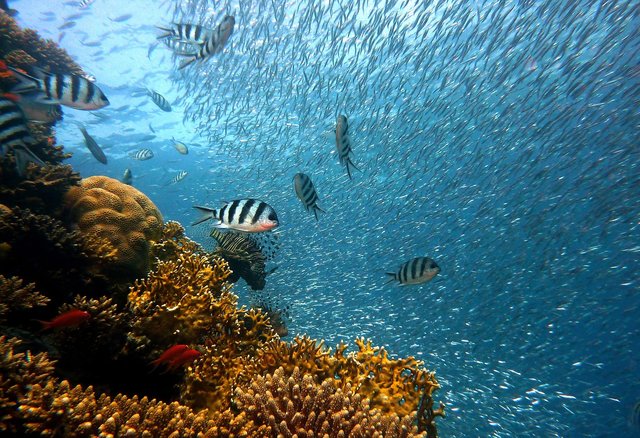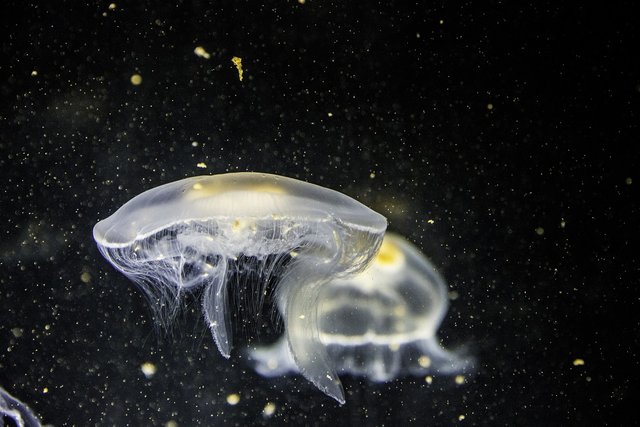In the animal world, the ability to see is often considered one of the main tools for survival. However, there are many species that have managed to adapt and thrive despite their blindness. Some animals that live blind have unique ways of living their lives. From hunting techniques to reliable reading of environmental situations, these animals show that lacking one sense is not always a barrier.
Some of these animals have evolved to rely on other senses such as hearing, smell or touch that are much sharper than other creatures.
Golden Mole
The terrifying tentacles that eat the golden mole's face allow it to create a map of its environment. Research suggests that this is due to a combination of the unique environment in which they lived and the sophisticated design of their skull bones. But it seems their inner ears can sense vibrational frequencies in the desert sand and use them to steer toward prey and away from predators.
Olm or Salamander
The olm is also an albino salamander that lives only in water, but the two species appear to have evolved independently of each other. But the olm has captured the imagination of researchers because it can live for a century. Equally interesting are olm navigation methods that use mechanical, chemo, and electroreceptors to understand the world of those who cannot see.
Mexican Tetra
As members of a species born exclusively in pitch black waters, every Mexican tetra born is forced to survive on touch alone. In fact, these fish are born with eyes which then turn into cavities to store fat deposits over time. But in addition to losing their vision and pigmentation, the skeletons of these cavefish mutate over time, forcing them to swim counterclockwise and adopt swimming patterns that suit the geography of the cave channels.
However, these fish manage to survive with a lack of defense mechanisms and only the simplest navigation tools because they are the top predators in their environment.
Texas Blind Salamander
The deep waters where the Texas blind salamander navigates do not require sight, but its eyes can still be glimpsed like two black dots on the salamander's face.
These albino amphibians sense changes in water pressure as a way to detect prey and sense when predators are nearby. Because they live in isolated habitats, these blind creatures have managed to occupy the top of the food chain which also consists of invertebrates such as snails and shrimp. Unfortunately, this species is critically endangered due to limited habitat and human disturbance. The Texas blind salamander is also deaf like all other members of the salamander family.

